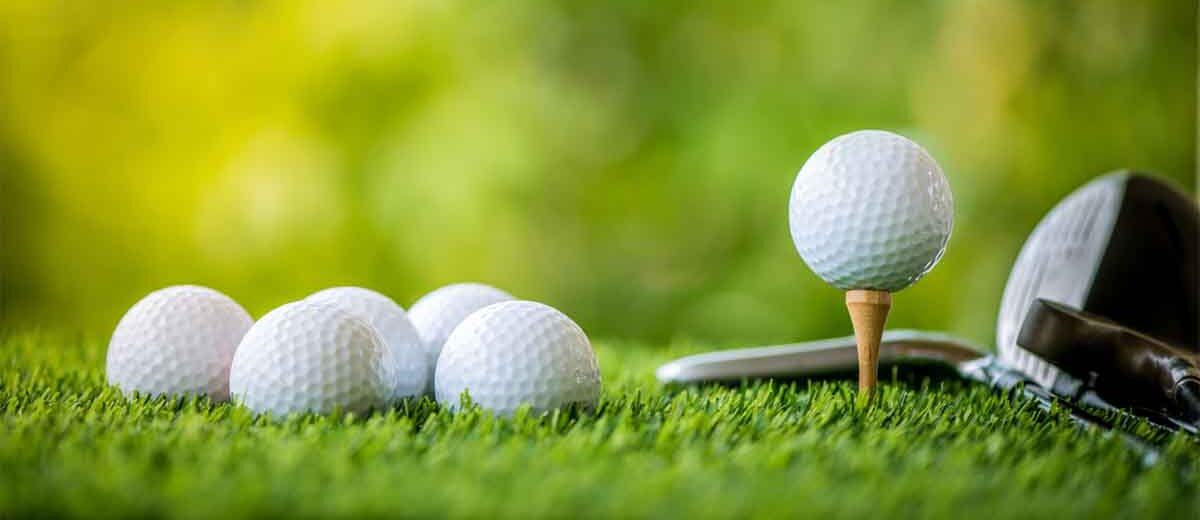Comparison of the best balls 2025
This year's golfball analysis: The crème de la crème. The best of the best. A golf ball comparison, with the pros and cons of each model, so you know what to buy and why. Here are the 15, freshly baked for you to enjoy in 2025. And below is a summary... Read more


